Hello there amazing people!
Have you ever thought about what kind of ‘normal‘ you want to get back after this pandemic? I think life has given us an opportunity to start to shift our way of living. It has shown us that our choices have consequences. The direction we were going was causing harm to all things, including us. When nature brought us to our knees and we have had to stop, all other living organisms were able to begin to heal - animals, trees, even our ozone layer!
If this is not enough of an eye opener, then I don’t know what is.
I know I often feel small, and wonder how can I change things, or contribute for the better? With every penny you spend, you vote on the kind of planet you want to live on. Every little act matters.
Difference between food packaging
Unfortunately, most products you buy have some sort of packaging. Until a few years ago, I personally wasn’t sure about what the difference between them were. I thought that if there was a catchy eco-friendly name on it, that by buying it, I was the new ‘eco warrior’ and was so proud of myself.
Little did I know that there are huge differences between eco-friendly words on some company’s products, and genuinely eco-friendly products. You need to read between the lines. Let’s highlight the word ‘recycle’ as one example. Yes, it sounds good, but often the packaging that can be ‘recycled’ requires you to take that box apart, as the cardboard box and tinfoil bottom cannot go into the same segment of the recycling process.
Did you also know that, for example, yoghurt pots need to be washed before you put it in your recycling bin? If you don’t actually wash it properly, it will be counted as contaminated waste and will be picked out and sent to landfill.
This means that next time you feel proud to ‘recycle’ your plastic yoghurt pot, and don’t wash it properly.... guess where it will end up anyway? Yes, in a landfill site.
Another example, if you leave a plastic bag in a cardboard box, and you put it proudly in your recycling bin, guess what - no one will remove the plastic bag from the cardboard box, and because it is now ‘contaminated’, it goes to a landfill site.
Back to packaging now. Even if it’s not recyclable in any way, there will likely be the recycle word on the packaging, with tiny letters before it ’not yet’.
Some large companies want to make you think you are being eco-friendly, when in fact, all they want you to do is buy their product.
4 types of eco-friendly packaging
To help you get your head around the ‘eco’ words often found on packaging, I‘ve made a list to make things clear.
This is just to start you with, but please dig deeper. Read and understand the difference!
Compostable:
-Breaks down into all natural elements (makes useful compost)
-Can be used in your compost bins
-No micro-plastics, no toxicity in the soil
-Needs composting conditions to break down
-Best option available at the moment
Biodegradable:
-Breaks down into all natural elements (Carbon dioxide, water, biomass) through the action of microorganisms, bacteria and fungi
-Usually takes a little longer to break down than compostable
-No harm to its surroundings
-No micro-plastics, no toxicity in the soil
-Can break down in landfill
Degradable:
-Breaks down through a chemical reaction. Chemicals need to be added to it to be able to degrade
-Could break down into micro-plastics which can end up in the food chain
Recyclable:
-Basically, these products have the potential to be re-processed into the same or lower grade product
-Need to go in recycle bins or left at recycling centres
-Most (e.g. plastic bottles) come under this category but unfortunately due to human carelessness, most never reach the right recycling centres.
-You need to make sure it is not contaminated in any way otherwise your recycling centre cannot use it.
I left the list short and simple, as I could write pages about all of them, but I guess you get the point.
Your choice matters for the planet!
Take care and read the labels carefully!
Love,
Andrea

